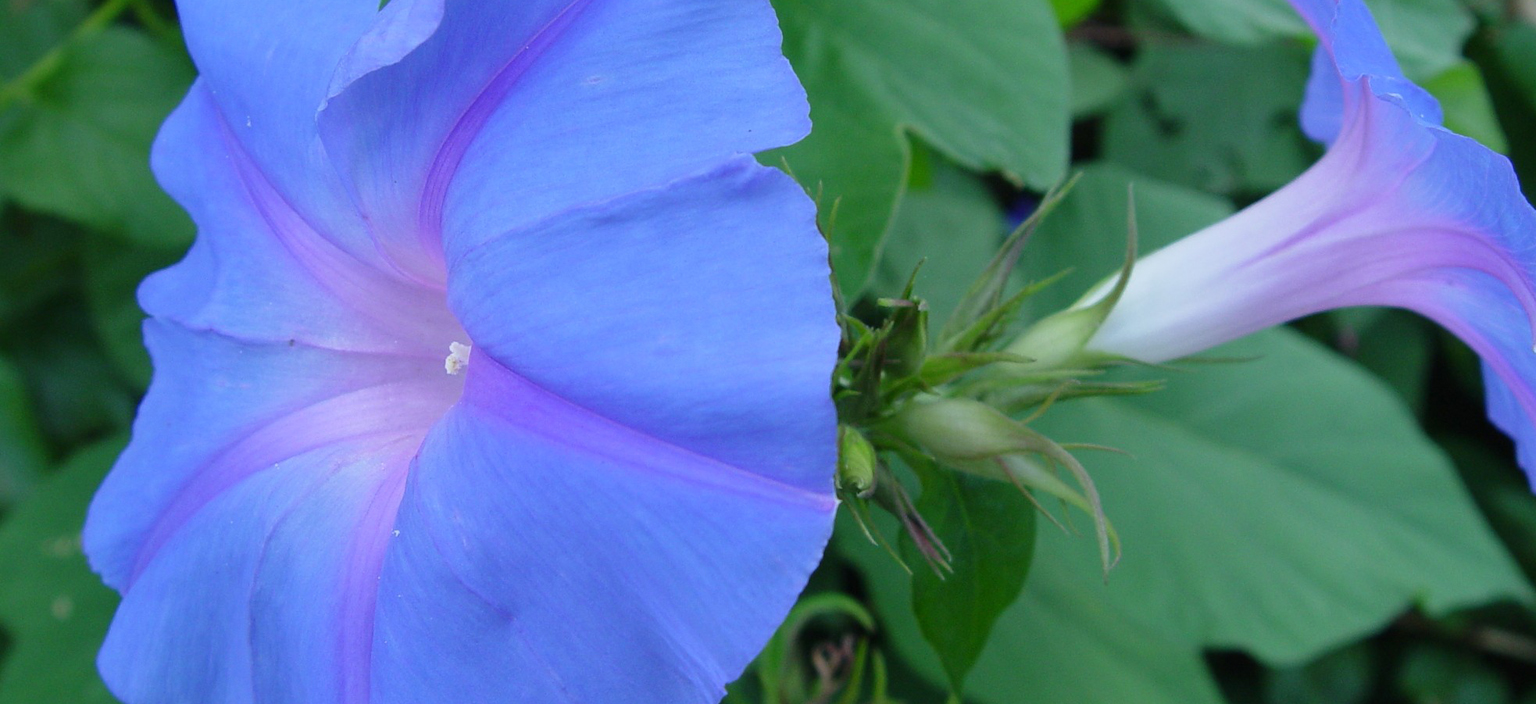
Morning Glory is a vigorous, twining, climber that grows in tree canopies and form a dense blanket over all vegetation. It is commonly found in moist, disturbed places. Leaves are large, heart-shaped and hairy. Flowers are violet-blue and occur at anytime of year.
Family: Convolvulaceae
Origin: South America
Habit: Robust and extensive twining perennial vine to 10m.
Leaves: Blue: Dark green; variably heart-shaped or 3-lobed, 20-180mm long. Coastal: Light green; hairless, 5-7 -lobed, star shaped leaves to 90mm long.
Flowers: Trumpet/funnel shaped flowers 50-80mm diameter; Purplish-blue (Blue), mauve to pale pink/red/white (Coastal). Spring-Autumn.
Fruit: Ipomoea cairica: 4-valved brown capsule containing 4-6 seeds, which have parachute-like attachments. No seed set in Ipomoea indica.
Roots: Fibrous initially, becoming dense, extensive and crown-like with age. Will set root from stem fragments when in contact with the soil.
Dispersal: Seed is spread by wind, water, animals, humans, contaminated soil (earthmoving equipment, car tyres etc) and garden refuse dumping. (particularly Ipomoea indica).
General Biosecurity Duty
All plants are regulated with a general biosecurity duty to prevent, eliminate or minimise any biosecurity risk they may pose. Any person who deals with any plant, who knows (or ought to know) of any biosecurity risk, has a duty to ensure the risk is prevented, eliminated or minimised, so far as is reasonably practicable.
Control
Cut vines close to the ground and dig out as much of the root system as possible. The remaining vines in trees can either be removed or left on the tree to rot. Do not yank stems running along the ground as rooted fragments will snap off and grow again.
More Information
Department of Primary Industries - NSW WeedWise
